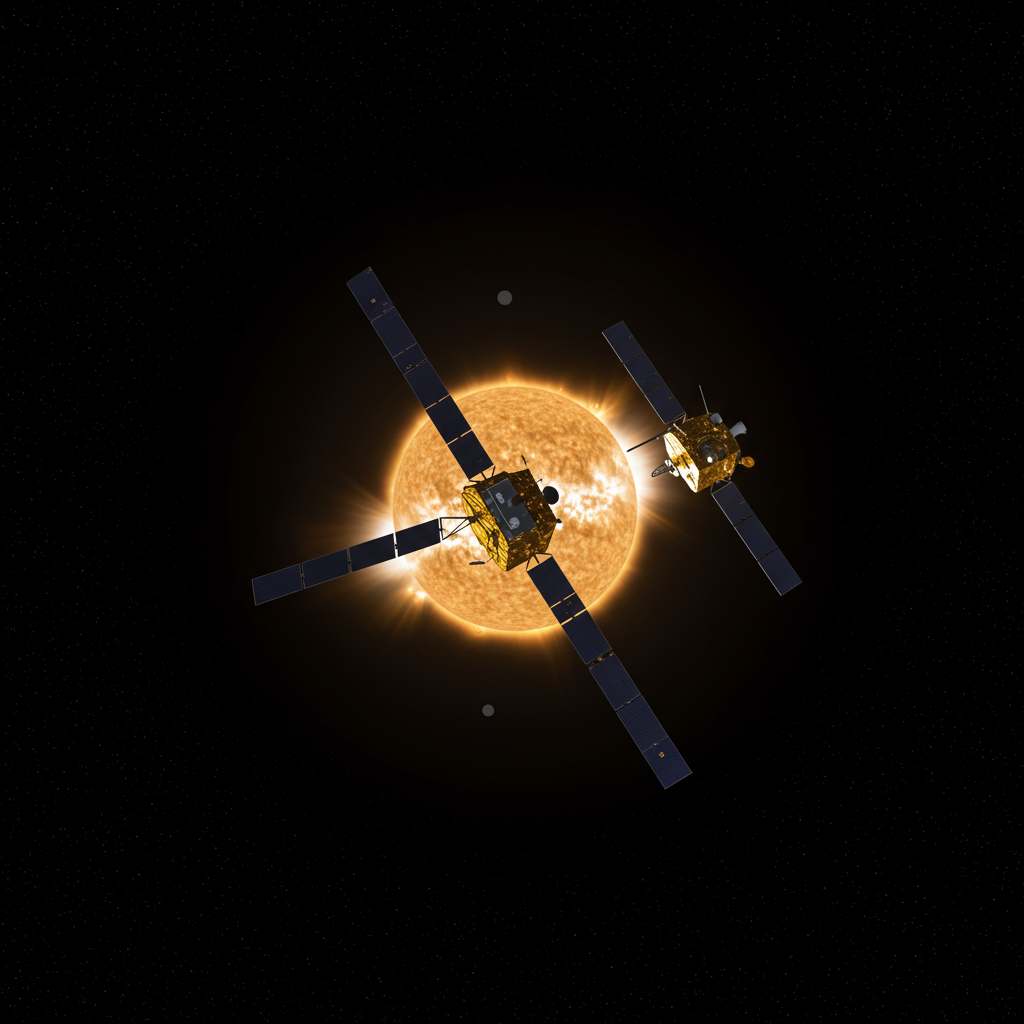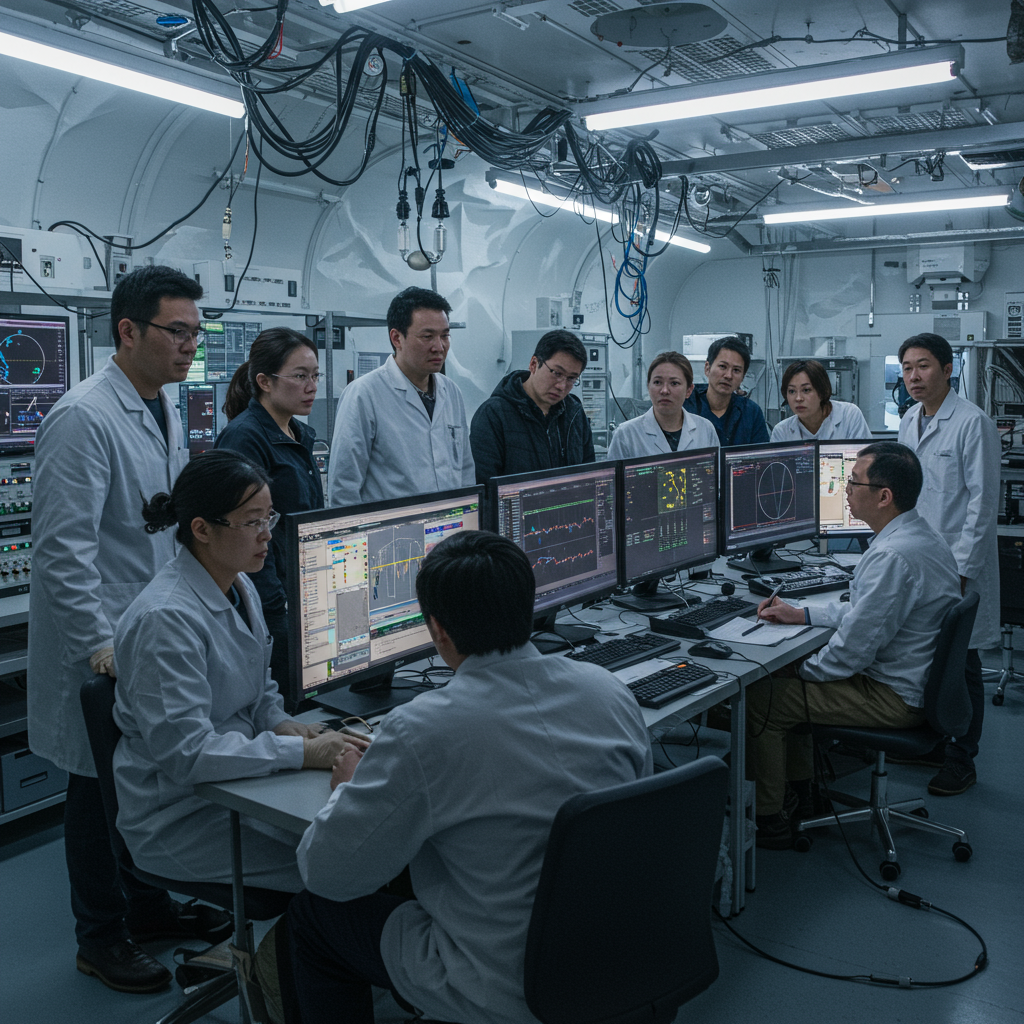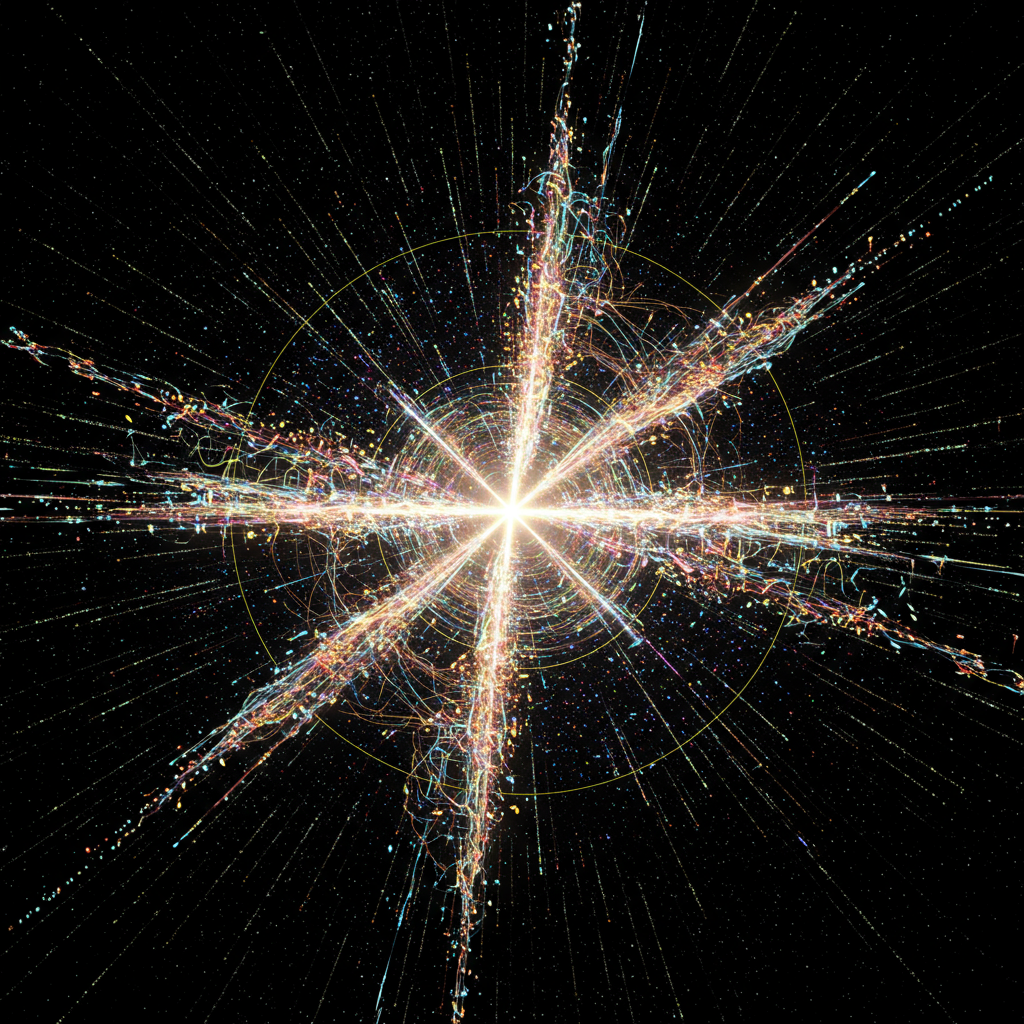Unlocking Solar Secrets: Proba-3 Makes History with Artificial Eclipses
The sun’s shimmering, ethereal outer atmosphere, the solar corona, holds enduring mysteries. Usually hidden by the intense glare of the sun’s surface, the corona becomes visible only during rare natural total solar eclipses. But now, the European Space Agency (ESA) has achieved a technological first, creating artificial solar eclipses in space on demand.
This groundbreaking feat is the core of the Proba-3 mission, launched from India in December 2024. It involves not one, but two spacecraft flying in ultra-precise formation, working together to reveal the sun’s enigmatic halo like never before.
How Do You Make an Eclipse in Space?
The Proba-3 mission comprises twin satellites: the Occulter and the Coronagraph. To simulate an eclipse, these two spacecraft fly 150 meters (about 490 feet) apart. The Occulter spacecraft, equipped with a 1.4-meter wide disc, positions itself perfectly between the sun and its companion, the Coronagraph. This casts a precise shadow – just 8 centimeters (around 3.15 inches) wide – onto the Coronagraph, effectively blocking out the sun’s bright disk.
Achieving this requires astonishing precision. The satellites must maintain their relative position with an accuracy of just one millimeter while hurtling through orbit at high speeds. This delicate dance allows the Coronagraph, armed with cameras and scientific instruments, to get a clear, sustained view of the faint solar corona, unburdened by stray sunlight. The spacecraft achieve this autonomous navigation using star trackers and GPS.
The Proba-3 satellites perform this artificial eclipse maneuver during six-hour periods of their highly elliptical orbit, which takes roughly 19.5 to 19.6 hours to complete. Operating at an altitude of about 60,000 kilometers (over 37,000 miles), where Earth’s gravity is weaker, helps maintain their stable formation.
The Mysteries of the Sun’s Corona
Scientists are keenly interested in the solar corona because it defies conventional understanding.
Extreme Heat Anomaly: Perhaps the biggest mystery is its temperature. While the sun’s visible surface sits at a relatively cool 5,500 °C (10,000 °F), the corona reaches a scorching 1.1 million °C (nearly 2 million °F) or even higher – hundreds of times hotter than the surface below it, despite being much farther away. This counter-intuitive heating mechanism is a major area of research.
Observation Gap: The corona is also hard to observe fully. It has distinct regions, but a crucial area close to the sun’s surface (specifically, between 1.1 and 3 solar radii) is typically only visible during natural eclipses, leaving a frustrating gap in continuous observation.
By creating frequent, controlled artificial eclipses, Proba-3 provides scientists with unprecedented access to study this crucial region and gain new insights into the corona’s bizarre temperature and structure.
Enabling New Scientific Discoveries
The ability to create daily, prolonged artificial eclipses is a game-changer for solar physics. Compared to brief, rare natural events, Proba-3 offers vastly more observing time and high-quality data.
This mission aims to:
Improve understanding of the physical processes that heat the corona to such extreme temperatures.
Study the origin and acceleration of the solar wind, a stream of charged particles constantly flowing outward from the sun.
- Gain deeper insights into powerful solar phenomena like coronal mass ejections (CMEs) and solar flares.
- www.dw.com
- www.newscientist.com
- <a href="https://www.esa.int/EnablingSupport/SpaceEngineeringTechnology/Proba-3/Eclipse-makingdoublesatelliteProba-3entersorbit”>www.esa.int
- theweek.com
- www.livescience.com
Understanding these events is crucial for predicting space weather, which can significantly impact satellites, communication systems, and power grids on Earth. With the mission coinciding with the peak of the sun’s 11-year solar cycle (solar maximum), Proba-3 is ideally positioned to capture significant solar activity.
A Milestone in Space Technology
Beyond the vital scientific goals, Proba-3 is a pioneering test of precision formation flying technology. Demonstrating that two spacecraft can operate as a single, finely controlled virtual structure with millimeter-level accuracy is a major technological achievement for ESA and its partners.
The success of this mission could pave the way for future ambitious space projects. Imagine larger virtual telescopes or sensor arrays built from multiple smaller satellites working in perfect harmony. This technology could potentially enable missions like blocking starlight to better observe exoplanets or building enormous space structures that are currently impossible to launch as a single piece.
Proba-3 stands alongside other recent solar missions like NASA’s Parker Solar Probe, which flew directly through the corona, and ESA/NASA’s Solar Orbiter, which provided the first images of the sun’s poles. Together, these missions are rapidly expanding our knowledge of our star and its impact on our solar system. Proba-3’s artificial eclipses offer a unique and powerful new window into the sun’s mysterious outer reaches, promising spectacular new data and discoveries.




